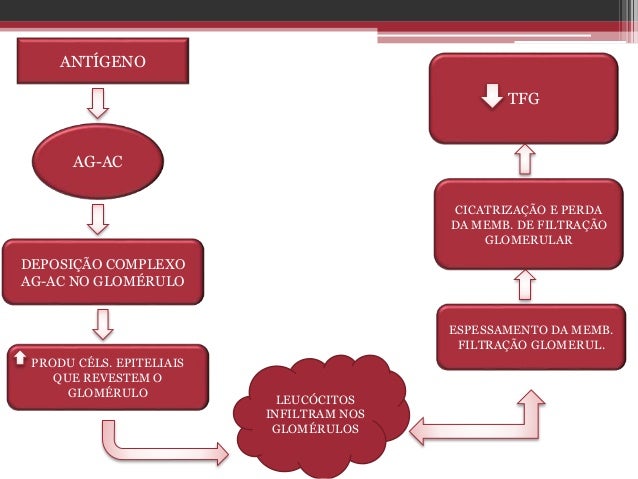Sindrome Da Boazinha Pdf Creator

The location where the 1973 took place in, Sweden (photographed in 2005) Stockholm syndrome is a condition that causes to develop a psychological alliance with their captors as a survival strategy during captivity. These alliances, resulting from a bond formed between captor and captives during intimate time spent together, are generally considered irrational in light of the danger or risk endured by the victims.

La sindrome di Prisonizzazione Dottoressa Sonia LUSCI Laureata in Giurisprudenza Tutor di riferimento Dottoressa Silvia GRIGLIO 2007-2008 PDF Creator - PDF4Free v2.0. They often feel flattered by the adult attention or are afraid that disclosure will create family disruption. In adulthood, they resist disclosure for emotional and personal reasons. Lima syndrome. This section needs expansion. You can help by adding to it.
The Hostage Barricade Database System and shows that roughly 8% of victims show evidence of Stockholm syndrome. This term was first used by foreign media in 1973 as when four hostages were taken during in, Sweden. The hostages defended their captors after being released and would not agree to testify in court against them. Stockholm syndrome is ostensibly paradoxical because the sympathetic sentiments captives feel towards their captors are the opposite of the fear and disdain an onlooker may feel towards the captors. There are four key components that characterize Stockholm syndrome: • A hostage's development of positive feelings towards their captor • No previous hostage-captor relationship • A refusal by hostages to co-operate with police forces and other government authorities • A hostage's belief in the humanity of their captor, for the reason that when a victim holds the same values as the aggressor, they cease to be perceived as a threat. Stockholm syndrome is considered a 'contested illness', due to doubt about the legitimacy of the condition. Stockholm syndrome has also come to describe the reactions of some abuse victims beyond the context of kidnappings or hostage-taking.
Join a vivid community of 3D artists from around the world! Download free 3d models, engage with the community, share your work. Free 3D heart models for download, files in 3ds, max, c4d, maya, blend, obj, fbx with low poly, animated, rigged, game, and VR options. 3d human heart model free download pc. 39 Free Heart 3d models found. Available for free download in.blend.obj.c4d.3ds.max.ma and many more formats. Free 3D heart Models 39 found. Orbit navigation Move camera: 1 finger drag or Left Mouse Button Pan: 2-finger drag or Right Mouse Button or SHIFT+ Left Mouse Button Zoom on object: Double-tap or Double-click on object.
Actions and attitudes similar to those suffering from Stockholm syndrome have also been found in victims of,, discrimination, terror, and political and religious oppression. Main article: In 1973,, a convict on parole, took four employees of the bank (three women and one man) hostage during a failed bank robbery in, one of the largest banks in Stockholm, Sweden. He negotiated the release from prison of his friend to assist him. They held the hostages captive for six days (23–28 August) in one of the bank’s vaults. When they were released, none of them would testify against either captor in court; instead they began raising money for their defense., a Swedish and coined the term after asked him for assistance with analyzing the victims' reactions to the 1973 bank robbery and their status as hostages. As the idea of was not a new concept, Bejerot, speaking on 'a news cast after the captives' release' instinctively reduced the hostages' reactions to a result of being brainwashed by their captors. He called it Norrmalmstorgssyndromet, meaning 'The Norrmalmstorg Syndrome'; it later became known outside of Sweden as the Stockholm syndrome.
It was originally defined by psychiatrist to aid the management of hostage situations. Olsson later said in an interview: It was the hostages' fault. They did everything I told them to. If they hadn't, I might not be here now. Why didn't any of them attack me?
They made it hard to kill. They made us go on living together day after day, like goats, in that filth.
There was nothing to do but get to know each other. Other famous examples [ ] Mary McElroy [ ] was abducted from her home in 1933 at age 25 by four men who held a gun to her, demanded her compliance, took her to an abandoned farmhouse, and chained her to a wall.
She defended her kidnappers when she was released, explaining that they were only businessmen. She then continued to visit her captors while they were in jail. She eventually committed suicide and left the following note: “My four kidnappers are probably the only people on Earth who don't consider me an utter fool.
You have your death penalty now – so, please, give them a chance.' Natascha Kampusch [ ] was kidnapped in 1998 at age ten and kept in an insulated, dark room under the garage of Wolfgang Priklopil. She would receive a variation of kind, physically and sexually abusive, controlling, and permissive treatment from her captor. Eight years after her kidnapping, Natascha left and Priklopil committed suicide. After her kidnapper's death, Natascha lamented and kept a picture of him in her wallet. [ ] Kampusch now owns the house in which she was imprisoned, saying, 'I know it's grotesque – I must now pay for electricity, water and taxes on a house I never wanted to live in'.